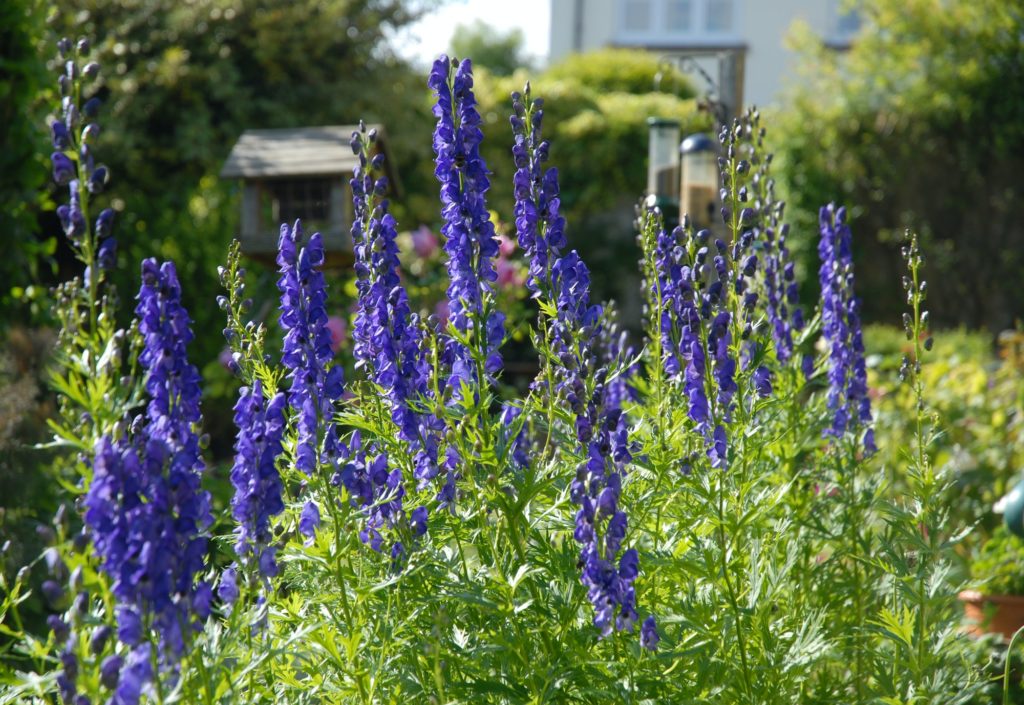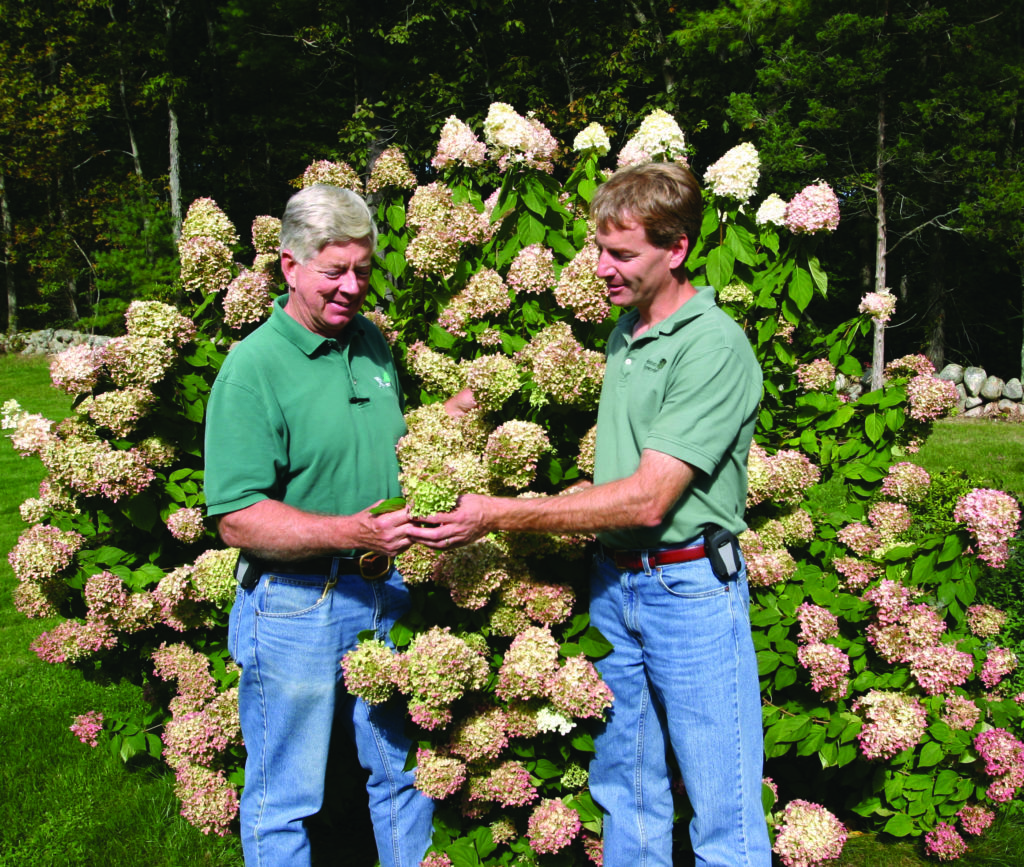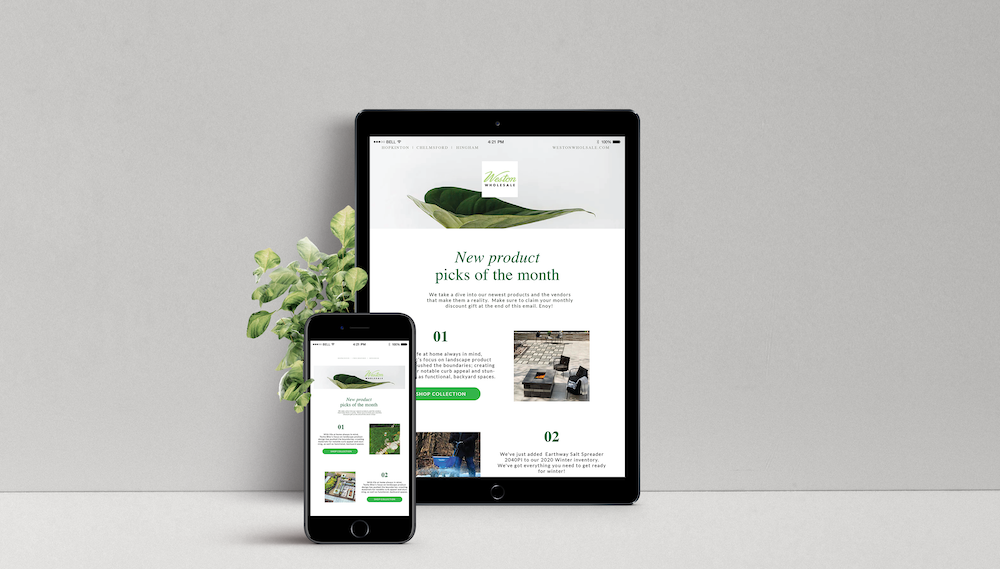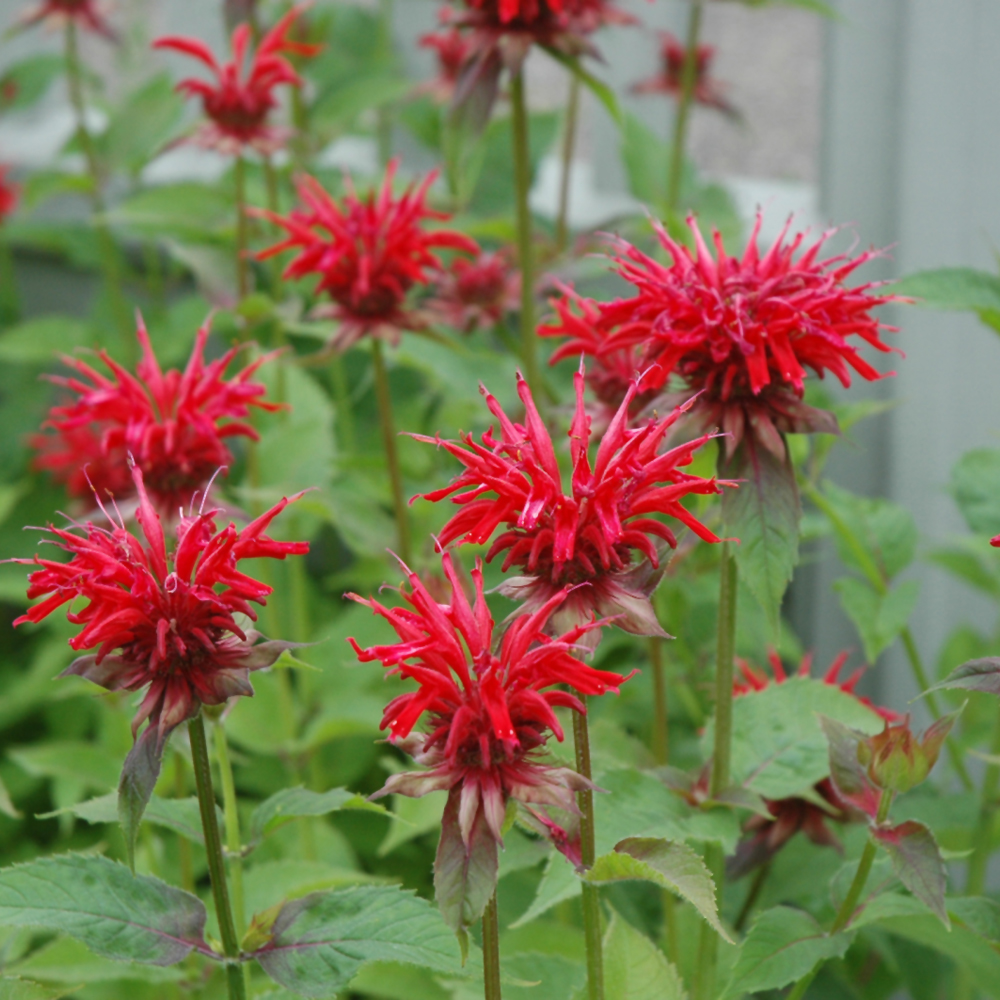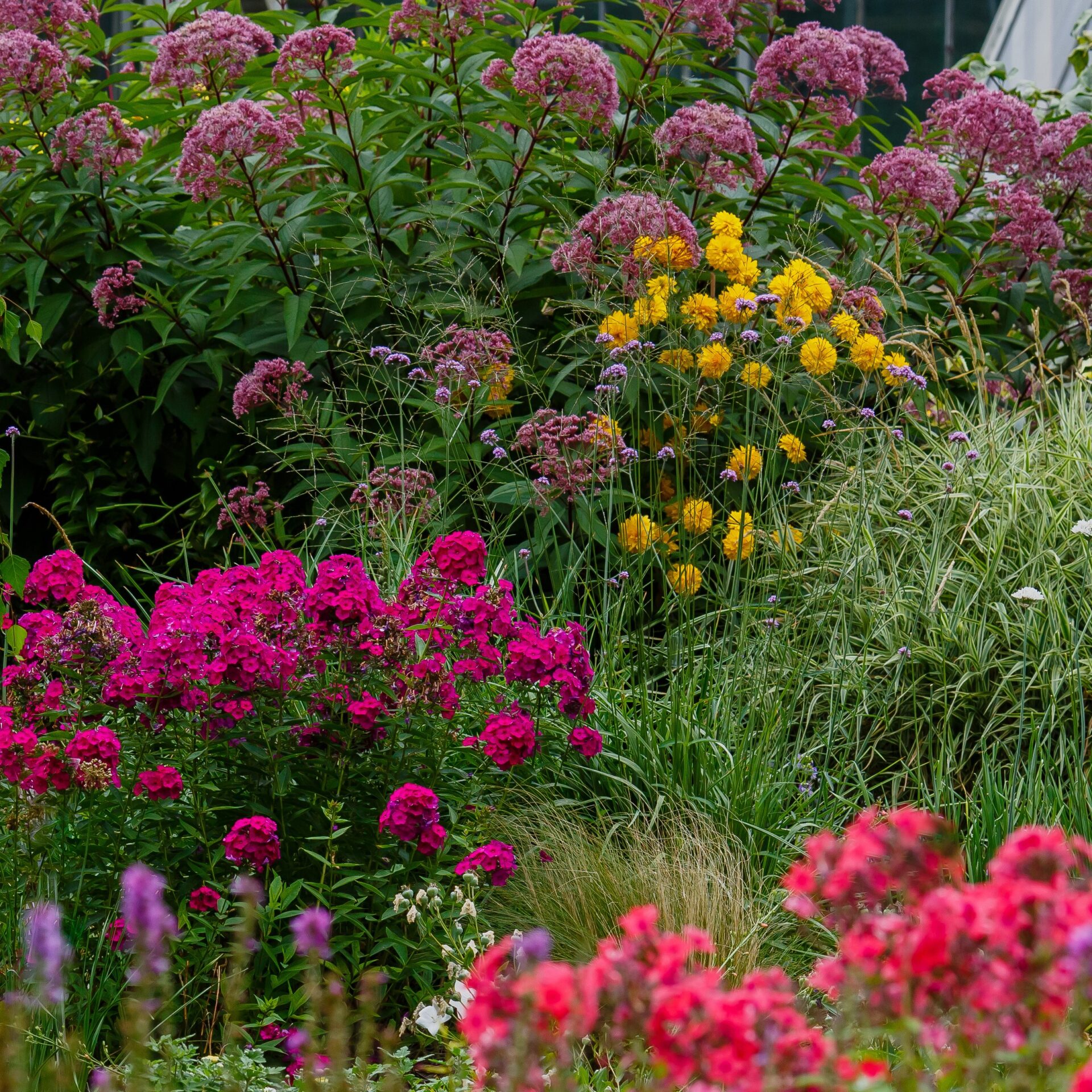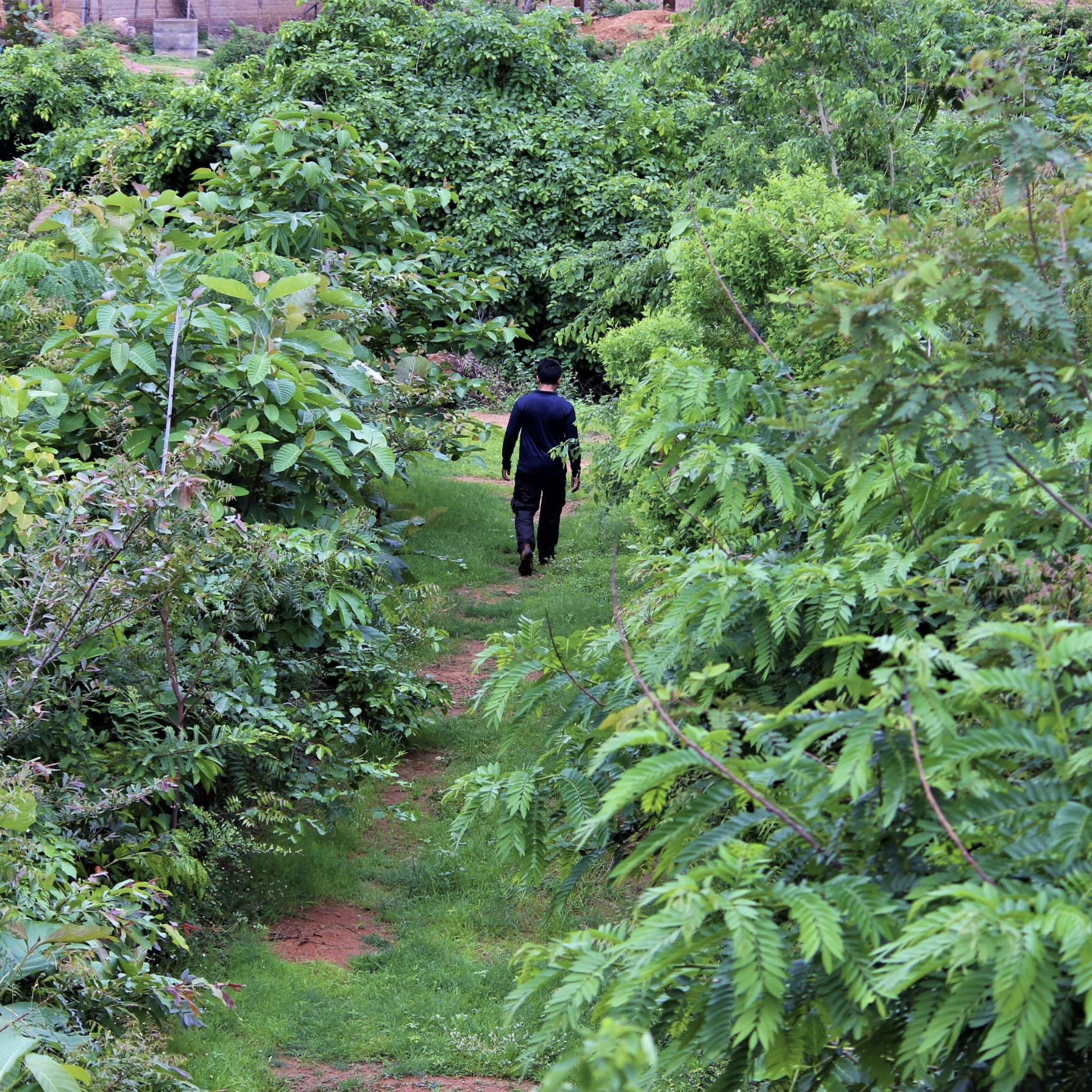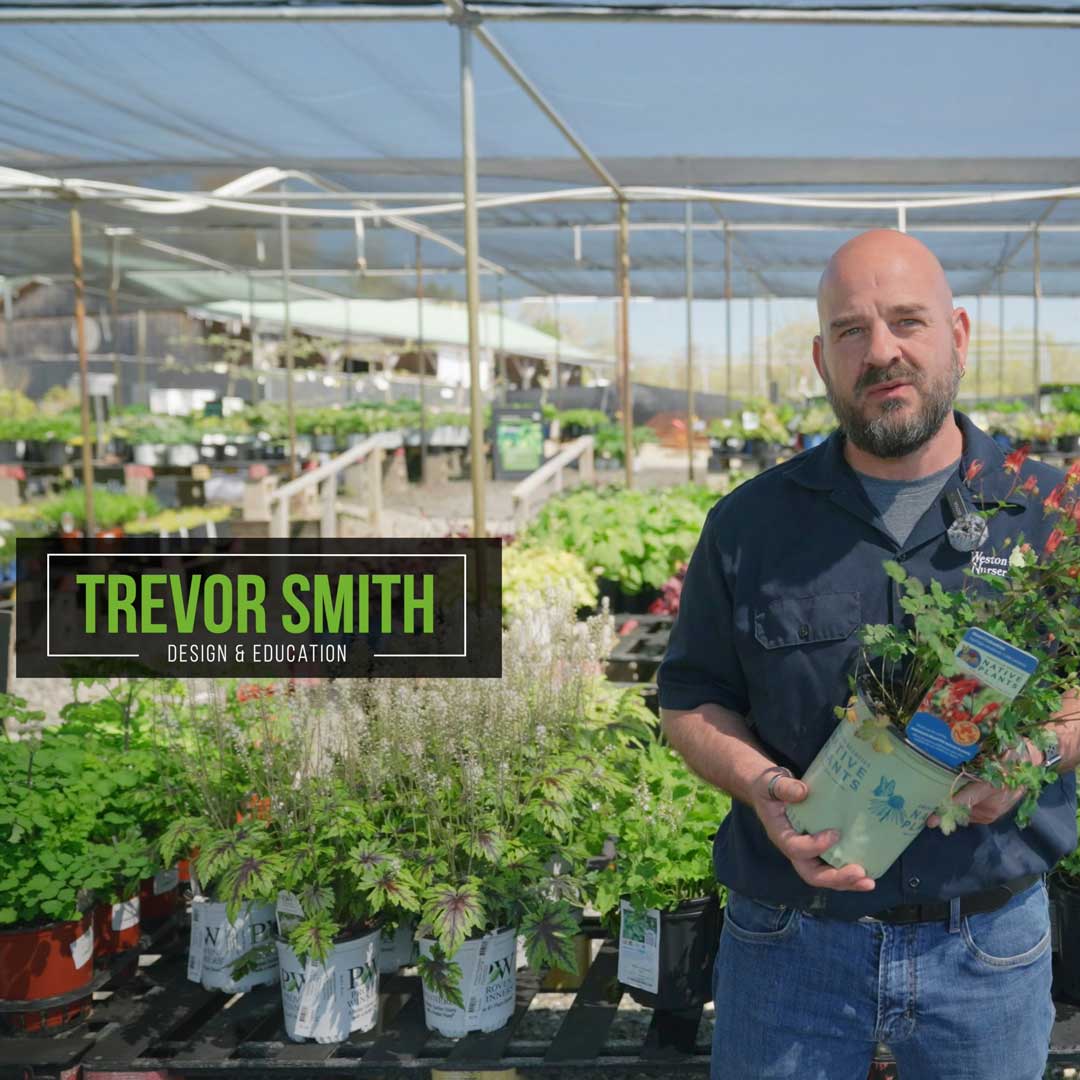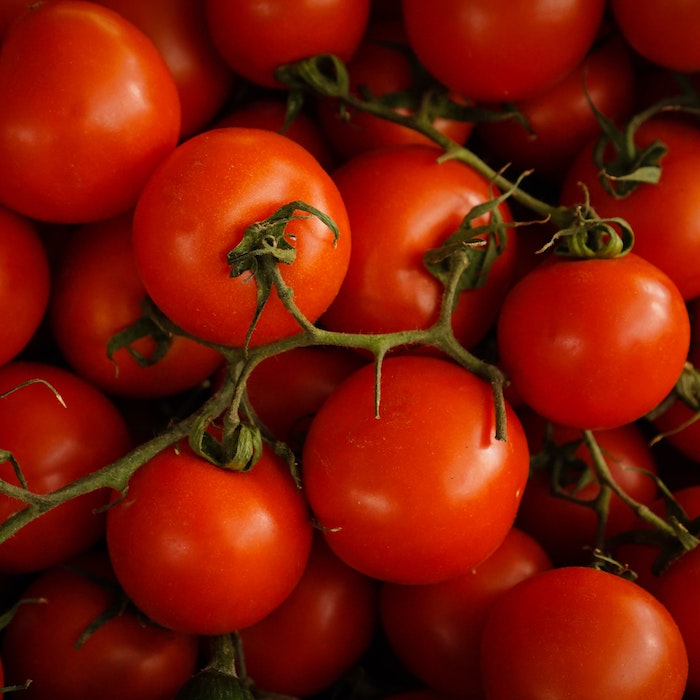
Back in our grandparents’ day, a home garden growing vegetables, herbs, and fruits was commonly part of family life. But over the last several decades, our lives have become so busy that we find little time to “waste” growing food readily available at the store. Unfortunately in recent years, rising concerns about the origins and wholesomeness of our fruits and vegetables are creating apprehensions about the taste, purity, and even safety of many items we buy at the grocery store.
Use of pesticides on food crops is rightfully under greater scrutiny and a major concern of regulators nationwide. The recent proliferation of farmer’s markets and community-supported agriculture affords some comfort for these fears. Locally grown and organic foods are becoming more readily available. And even busy families are again starting to grow some of their own food around their homes.
Growing food crops at home need not require a formal orchard or specialty garden site: many trees, shrubs, and plants that produce delicious edible results can be readily incorporated into normal home landscapes. Garden design magazines and TV shows are increasingly featuring landscapes that include non-traditional components like edible plants.
Fruit-bearing trees like apple, pear, cherry, peach, and plum can be used similarly to trees that are solely ornamental, and grape vines are attractive on a trellis shading a patio. Nut trees such as walnut, hickory, chestnut, and filbert trees might be suitable as shade trees or at the property boundary.
Regular landscape shrubs that produce edible berries every year include shadbush (Amelanchier), cornelian cherry (Cornus mas), blueberry (Vaccinium), Aronia, and elderberry (Sambucus). Raspberry and blackberry canes can be grown as dense, fruiting hedges.
Annual herbs like basil, rosemary, thyme, mint, sage, and parsley are easily integrated with landscape plantings: what an attractive way to fill-in the spaces between new permanent plantings as they grow toward their mature size! The colorful foliage and textured greenery of rhubarb, kale, Swiss chard, lettuce, asparagus, beets, onions, and purple cabbage readily complements garden landscape settings.
Vegetables that produce fruit, like chili peppers, tomatoes, and eggplant, also offer interesting possibilities. And of course, groundcovers like strawberry and low-bush blueberry (Vaccinium angustifolia) fit well into many yards.
So this year, why not be a bit creative by trying healthy, flavorful additions in your garden? If you are interested in growing fruit trees, check out our great blog on how to choose, plant and grow fruit trees in your yard called “Fruit Tree Guidelines.”
Here are (5) five easy steps to successfully growing herbs and vegetables in your very own kitchen garden:
Right Location: It’s important to find just the right area in your yard for the herbs and vegetables you would like to grow. When you are here at Weston Nurseries (or you can also email us at customercare@westonnurseries.com) show your salesperson a picture of your yard and they can help you find just the right spot to plant. Most herbs and vegetables prefer lots of sunlight but a few are ok with some shade.
Good Soil: Normal garden soil is just fine to grow vegetables and herbs but if you prefer to eat organic produce (annuals, herbs, and veggies prefer it) you can pick up a variety of soil enhancers to help grow your garden.For example:
If you are growing an organic edibles garden in a raised bed — We recommend “Ocean Forest” and “Happy Frog” from Fox Farm, which are both formulated for raised bed and organic edible gardens.
If you are growing an in-ground organic edible garden — We recommend our “Weston’s Own” certified organic compost it adds nutrients and life to the soil. If you want bagged compost or soil, we recommend Coast of Maine’s “Lobster Compost” and “Bumper Crop.” All of these products are designed to help you grow the best and healthiest organic produce.
Good Drainage: Make sure your soil is not too tightly packed and that it is loose enough to drain properly. Most edibles prefer not to be too dry or stand in water.
Room To Grow: Most plants need enough space for their root systems to mature properly. If you need guidance, ask any of our garden center staff members, they will be happy to explain how much space each plant needs.
Enough (not too much) Water: Water your herbs and vegetables once per week unless it rains or is excessively hot. Most edibles need to be moistened properly to grow large and healthy enough to bear fruits, veggies, and herbs.
We also carry Lucerne straw for soil protection, plant stakes, plant signs, and liquid plant food if you’d like to enhance the benefits of your organic soil and compost, everything you will need to grow a garden you can eat from all year long.
About the Author
Wayne Mezitt is a 3rd generation nurseryman, a Massachusetts Certified Horticulturist, now chairman of Weston Nurseries of Hopkinton, Chelmsford & Hingham MA, and owner of “Hort-Sense”, a horticultural advisory business. He currently serves in various capacities on several horticulturally-related organizations, including the Massachusetts Horticultural Society at The Gardens at Elm Bank in Wellesley MA, and chairman for the Massachusetts Invasive Plant Advisory Group (MIPAG).

